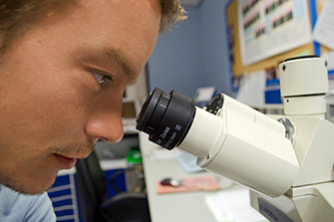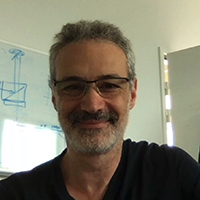Imaging techniques including fluorescence microscopy provide an efficient and unique approach to study fixed and living cells because of their versatility, specificity, and high sensitivity.
Instruct has 4 centres offering Imaging across Europe. Navigate the map and click on the pins to discover centres near you.
In cell biology, visual techniques such as light and electron microscopy provide the most direct means to study structure and function; however, no single microscopy technique is capable of providing all of the desired information. As a consequence, many separate techniques have evolved, each with different ranges of resolution and each with unique capabilities. The most informative approaches are global in the sense that they take advantage of multiple imaging modalities spanning a range of spatial scales and frequencies, preferably encompassing preservation of the hydrated nature of the cell.
Light microscopy and fluorescence techniques allow examination of conformational and interaction dynamics of biological macromolecules in vitro, but also within individual cells, in some cases even at single molecule resolution. Light microscopy and fluorescence techniques permit the analysis of not only individual proteins but also functional macromolecular complexes, which have increasingly come into the focus of modern structural biology.
A wide range of light microscopy techniques can be applied from the determination of protein localisation in cells or tissue, to the analysis of protein interactions and dynamics, and the tracking of dynamic processes in live environment.
Advanced light microscopy relies on the fluorescent labelling of the biological macromolecules of interest. This allows non-invasive imaging of proteins and nucleic acids in cells, tissues or living organisms, not only in three dimensions but possibly in multiple colours. A whole range of labelling strategies is available. Fluorescent probes, which cover most of the visible part of the electromagnetic spectrum, include small organic fluorophores, fluorescent proteins and fluorescent nucleic acids. While large in size, genetically encoded fluorescent proteins have been very widely used. Further development has led to a great number of available proteins with different spectral properties.
Instruct offers Fluorescence Recovery After Photobleaching (FRAP) and Fluorescence Energy Transfer (FRET) technology, which give insights into complex interactions of proteins which may be influenced by, for example, differences in subcellular localization or signalling events.
Advanced light microscopy within an in vivo cellular context can ideally complement in vitro acquired atomic resolution functional information of proteins and protein complexes.

